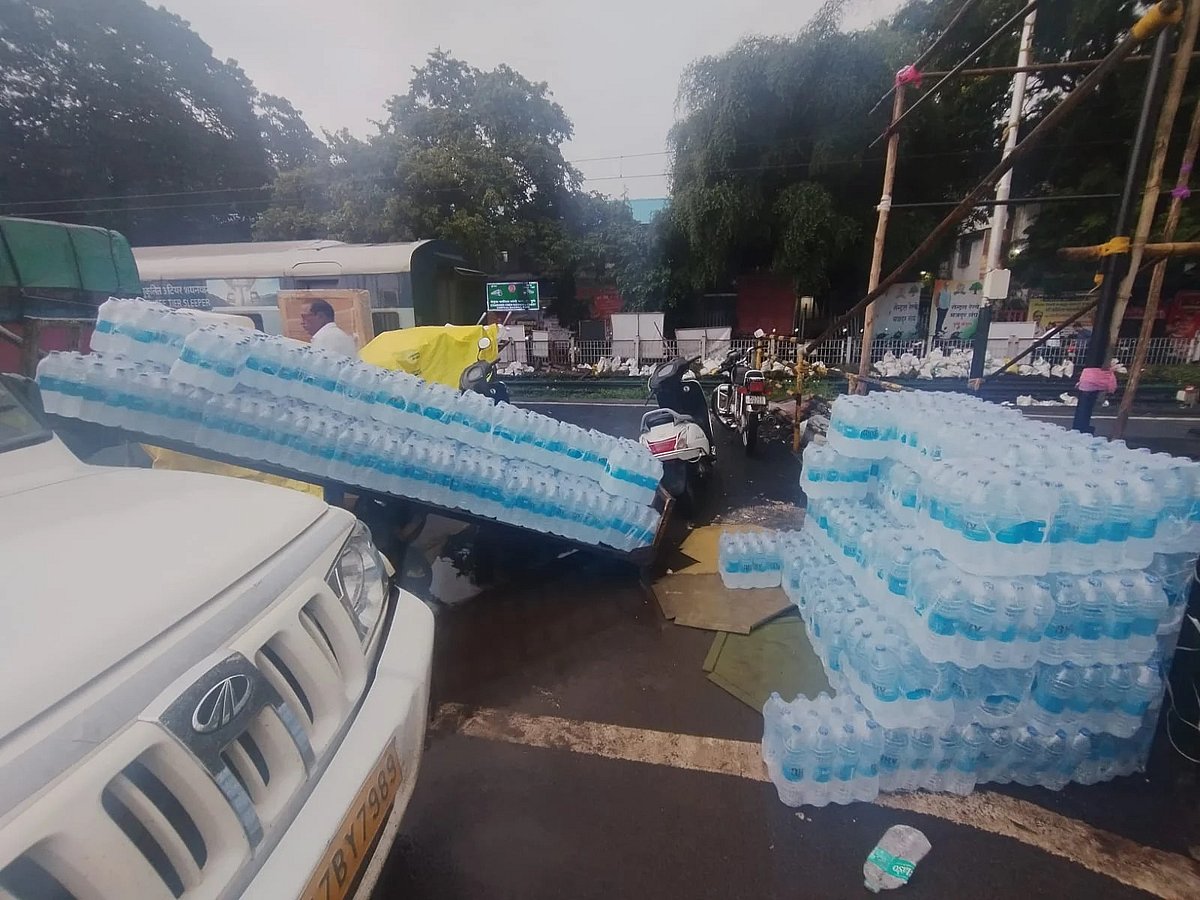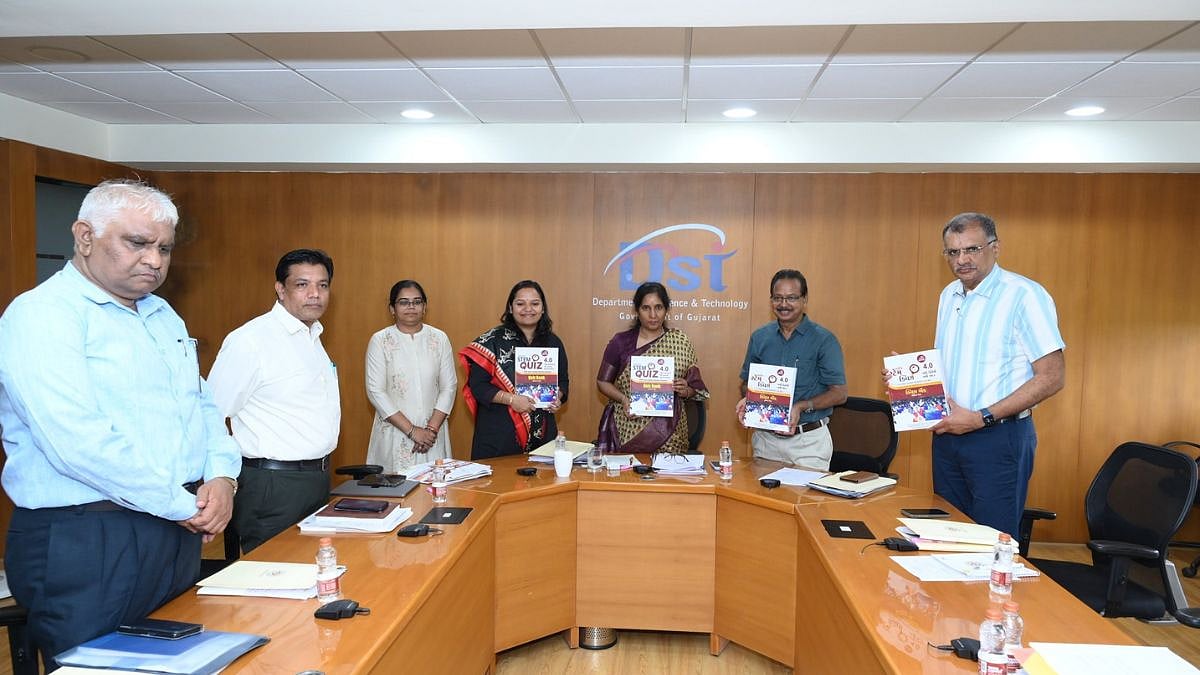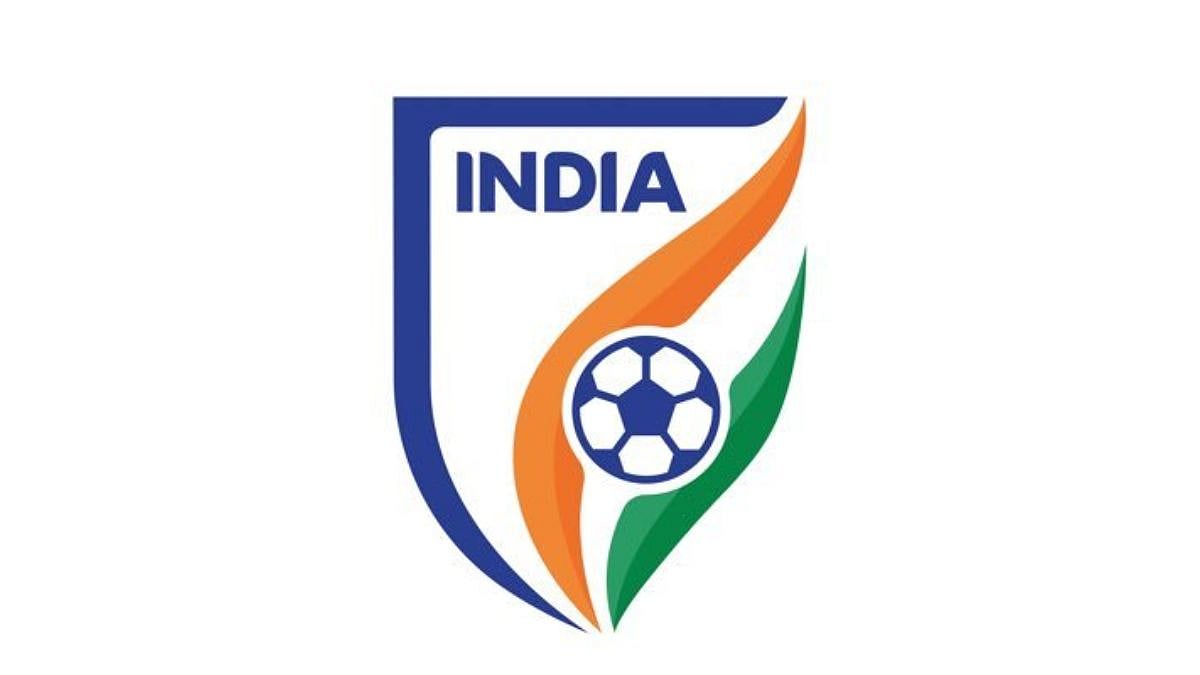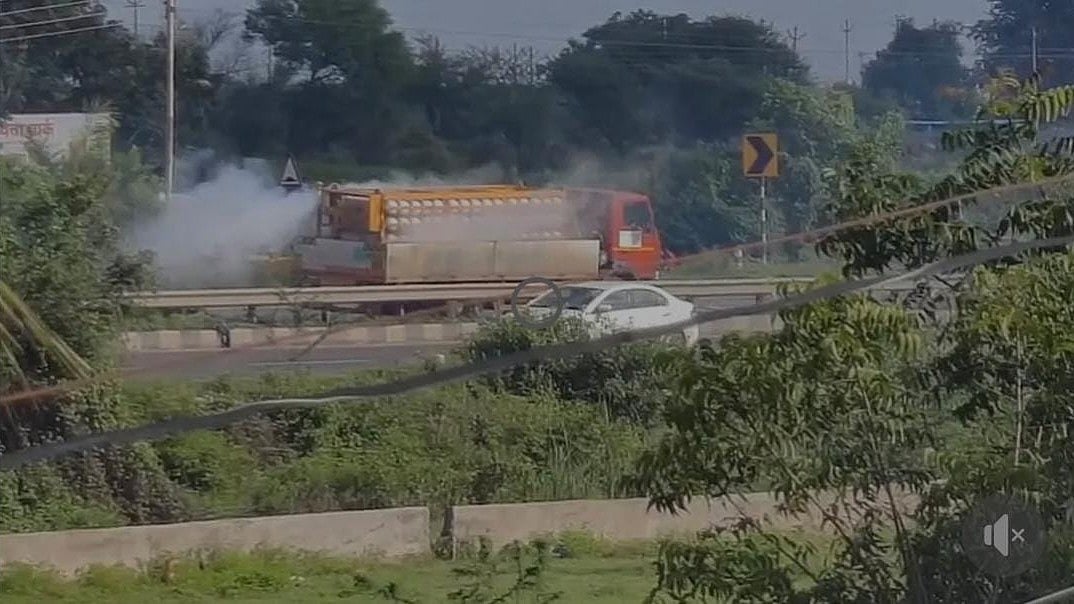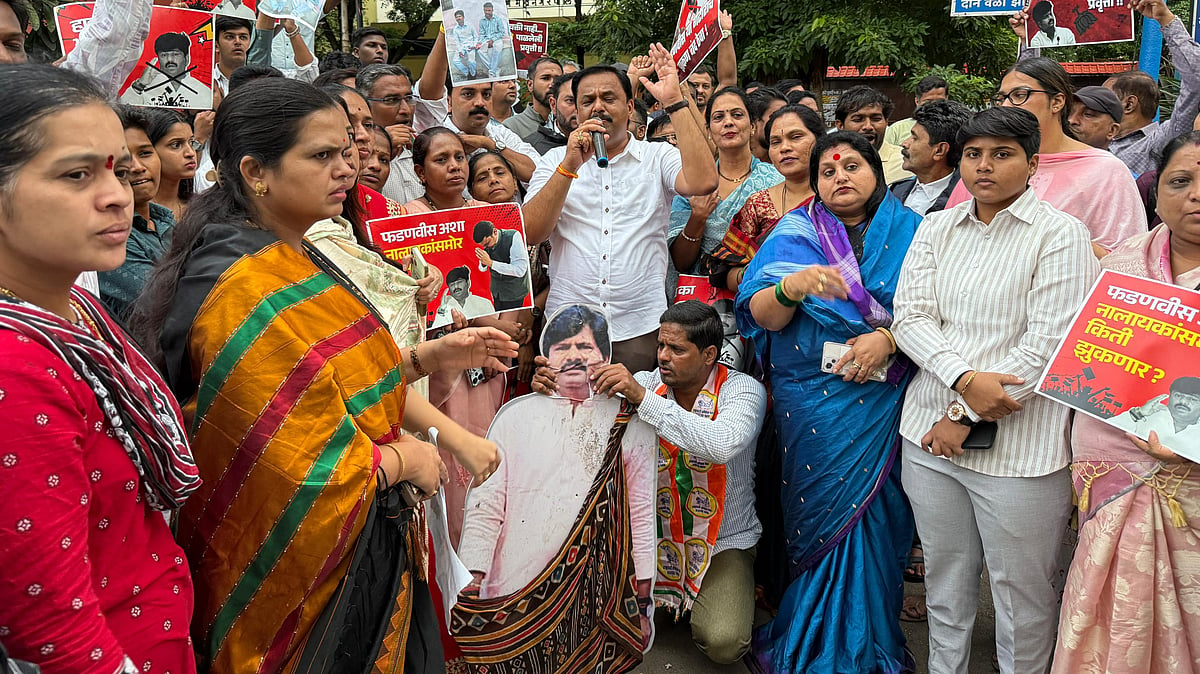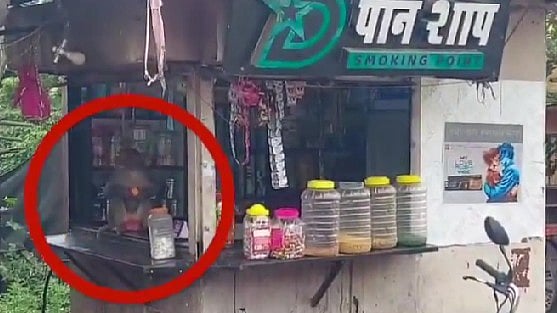The big debate that never ends in Pune is which of the twin cities has better ease of living and standards. Punekars are very proud of the heritage and legacy of the city, and so are residents of Pimpri Chinchwad, which also has its unique culture.
In 1970, the northwestern part of Pune was separated from the Pune Municipal Corporation, leading to the formation of the Pimpri Chinchwad Municipal Corporation (PCMC).
In 1982, areas such as Pimpri, Akurdi, Chinchwad, Nigdi, Sangvi, Rahatani, Thergaon, Pimple Gurav, Pimple Nilakh, and Pimple Saudagar were included, along with parts of Wakad.
Although Punekars preferred staying in PMC jurisdiction areas, PCMC has emerged as a far more desirable region to live in than PMC because everything that makes life easier in a city—such as water and electricity supply, roads, green open spaces and safety—is more abundantly available in PCMC.
In the last recorded ease of living index, Pune performed better than Pimpri Chinchwad; however, activists and politicians alleged that the index did not do justice to the ground reality.

PMC or PCMC?
Now, Pimpri Chinchwad Municipal Corporation (PCMC) areas are considered a better place to live than areas in Pune Municipal Corporation (PMC) for a number of reasons, including transport, water distribution, proximity to the IT hub in Hinjawadi, connectivity, roads, and better housing projects.
It is also noted that the size of PMC has increased significantly with the inclusion of new areas, straining civic infrastructure, while in PCMC, planned development was implemented. From 2017 to 2021, 34 fringe villages were merged into PMC limits, which were previously part of PMRDA.
However, Pune is also witnessing the growth of good roads, the Metro, and new housing projects in the older parts of the city. Despite these developments, it remains more expensive compared to the PCMC areas.

